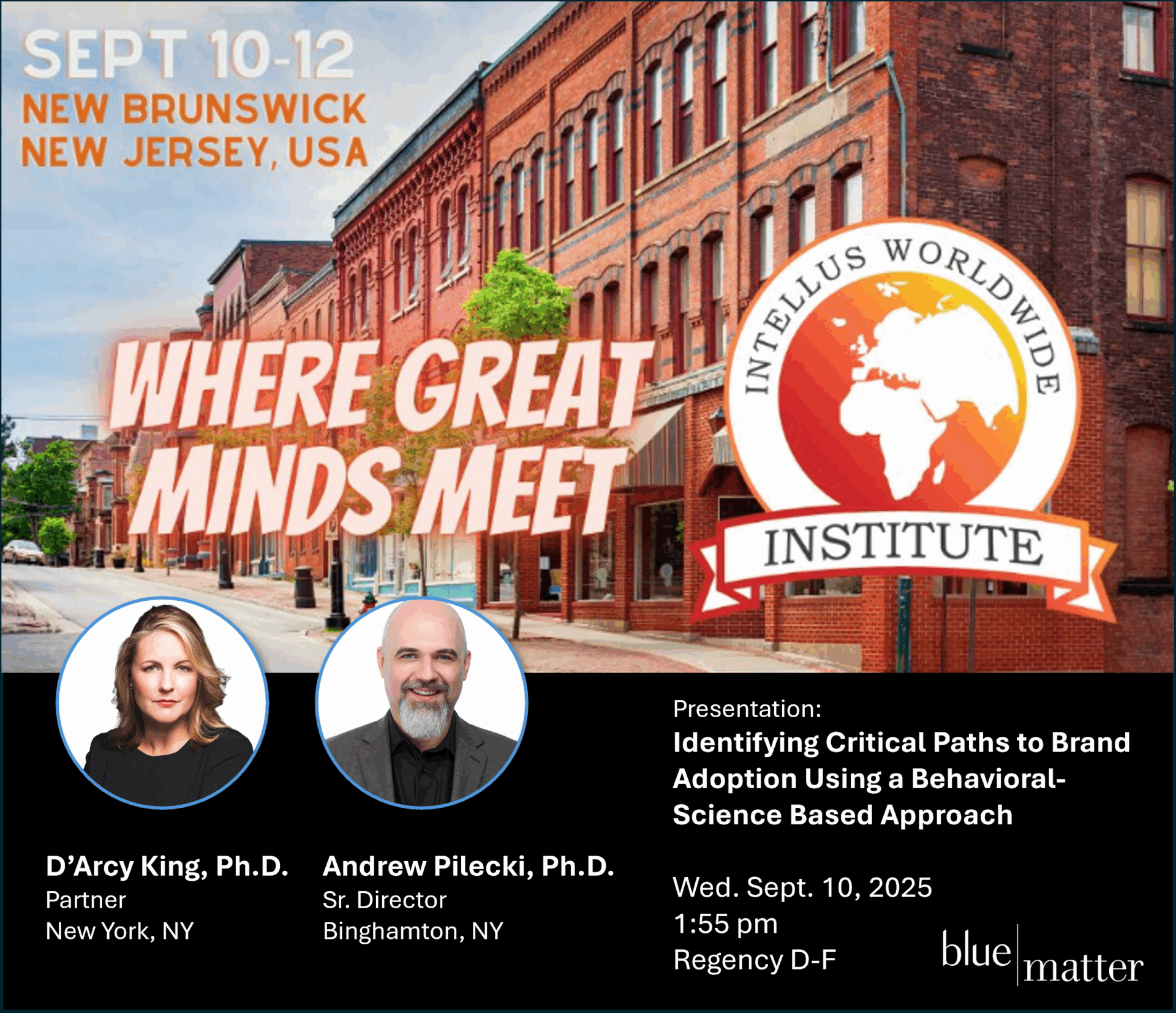
Part One in a Six-Part Series on Oncology Product Commercialization
The oncology market continues to grow at a phenomenal pace, with worldwide revenues expected to increase from $104B in 2017 to $233B in 20241. Fueling this revenue growth is a rich pipeline, with more than 700 molecules in late-stage development – a 60% increase from a decade ago.2
As oncology has proven itself to be an attractive therapeutic area, the number of pharmaceutical and biotech companies active in this space has grown significantly. In 2017, the three largest oncology companies (Roche, Celgene, BMS) accounted for more than 45% of global oncology revenues, with Roche holding over 25% of the market on its own. However, by 2024, six companies are expected to share 45% of global revenues, and although Roche is expected to remain the largest player, its share is expected to decline to around 12%.3
Indeed, 14 of the world’s largest pharmaceutical companies have at least one-third of their late-stage R&D activity focused on oncology, and around 700 organizations have at least one oncology drug in late-stage development.4 The biggest increase has been in targeted biologics, which have grown from 99 molecules (23% of the pipeline in 2007) to 301 molecules (42% of the pipeline) in 2017.5
As a result, there are an increasingly large number of therapeutic classes where the level of competition is expected to increase to levels never before seen in oncology, resembling those seen in other therapeutic areas such as the TNF blockers in rheumatoid arthritis. Take the PD-1/PD-L1 class of agents, which is an exceptional but illuminating example: there are currently five agents approved in the US.6 However, there are more than 50 of these agents in clinical development across the world.7 This is not only going to result in a lot of launches and competitor analyses, but it is also going to place pressure on companies to differentiate their assets clinically. As a result, non-clinical factors will increase in importance, especially for those who are late to the game.
In light of this increasing innovation and competition, those responsible for commercializing new products are facing a number of key challenges that are either unique to oncology or are more acute in oncology that in other therapeutic areas. In this article—the first in a six-part series—we’ll introduce those challenges and set the stage for future installments.
Challenge 1: The Constant State of Launch
The frequency of launches for many oncology therapeutics has increased over the last 10 years, driven by a number of key forces. These forces include an increased understanding of disease biology and higher levels of competition.
An increased understanding of disease biology means that patient populations that were previously treated with a blanket approach (e.g., similar chemotherapy regimens deployed across the full range of patients diagnosed with a specific malignancy) are being treated differently depending on different patient characteristics. The end result of this is that drugs are launching into smaller patient populations.
For example, current lung cancer treatment is based not only on disease histology (e.g., squamous and non-squamous), but also on genetic factors (e.g., EGFR mutations, ALK rearrangements) and is now further informed by PD-L1 expression. Similarly, breast cancer patients have long been treated based on HER2 status and hormone receptor status (ER/PR), but may in the near future also be treated based on PD-L1 expression level, in the case of triple negative breast cancer (TNBC). Companies developing oncology therapeutics typically want to generate clinical data and gain approval in as many of these sub-populations as possible, driving an increase in launch frequency.
Increased competition, particularly within the big four tumor types (breast, lung, prostate, colorectal (CRC)) has led companies to seek out opportunities to launch in multiple previously underserved diseases with lower incidence (e.g., bladder, renal, liver), as they seek areas of white space within which to drive uptake, particularly if they are not first to market within a given therapeutic class.
Competitive pressure is also driving companies to investigate novel therapeutics in multiple combination regimens in an attempt to derive clinical differentiation. They generally seek to do this either by pairing with the established standard of care or by creating novel combination regimens. An example of the former is in non-small cell lung cancer (NSCLC), where the PD-1/PD-L1 agents Keytruda and Tecentriq both demonstrated efficacy in combination with the previous standard of care Alimta. An example of the latter is also in NSCLC where the immunotherapies Opdivo and Yervoy are being tested together in combination.
To cut a long story short: Commercial decision makers will have to plan and manage their own ongoing string of new indication and new regimen launches for a given product. In addition, they’ll have to keep abreast of—and contend with—an ongoing string of competitive launches.
Challenge 2: The Complex Oncology Audience
In addressing oncology-related target audiences, commercial decision makers must contend with two related challenges when trying to get the right messages to the right people at the right times. These challenges are:
- The increasingly diverse and sophisticated stakeholder groups with whom they must communicate
- The fact that stakeholder groups are often overloaded with information and it’s becoming more difficult to “break through” to them
Due to the proliferation of oncology drugs being commercialized, oncologists are nowadays targeted by a large number of sales representatives. As a result, the level of access they grant to pharmaceutical companies has typically diminished. Therefore, even though oncologists are marketers’ primary audience, additional stakeholders across the healthcare delivery ecosystem are becoming increasingly important as their involvement in patient care is rising. Many play key roles in clarifying product relevance, driving compliance and adherence, navigating reimbursement challenges, driving value, and delivering patient support programs.
Pharmaceutical companies must effectively facilitate productive relationships with these stakeholders. These diverse groups include oncologists and nurses, practice managers, key opinion leaders, managed care organizations, advocacy groups, integrated delivery networks, clinical pathways organizations and others.
As practices have consolidated, decision-making regarding what therapies to make available to oncologists has been centralized, and understanding how to find and successfully engage these central decision-makers can be critical to gaining access for a therapeutic. Managing these relationships requires well-trained, cross-functional teams, often working in a matrixed environment. To a certain extent, this dynamic is present across a range of therapeutic areas. Within oncology, however, it can be more difficult for decision makers due to the high level of complexity and the contributing challenges outlined in this article.
Finally, the rapid pace of innovation these days means that a massive amount of data is available to stakeholders. So much, in fact, that they have a difficult time keeping up with all of it. In lung cancer, in particular, it appears that some oncologists have been somewhat overwhelmed with data from the numerous cancer regimens launching in the space and have been more reliant on habit and familiarity to drive treatment decisions. This can make it difficult for commercial leaders of new market entrants to “break through the noise” and communicate effectively.
Challenge 3: The Need for Close Coordination Between Commercial and Medical Affairs
Medical Affairs organizations are well-placed to address several of the challenges facing oncology drug developers today. For example, medically-trained field teams often have the deep domain expertise to successfully communicate the scientific rationale behind a molecule, as well as the nuances of modern oncology clinical data, including novel endpoints such as hazard ratios and forest plots that highlight efficacy in different patient sub-populations.
In addition, Medical Affairs is able to effectively engage key opinion leaders (KOLs). KOLs are increasingly influential in some tumor types by virtue of their position on pathways and clinical guidelines committees and by their ability to assess and opine on multiple competing data sets.
As a result, pharmaceutical companies must become increasingly adept at compliantly coordinating their medical and commercial organizations, and at setting up their organizations in a way that facilitates this increased coordination. Strategically, both organizations should seek to work from the same situation analysis and identify a common set of launch objectives. Tactically, they should identify how best to compliantly complement each other’s efforts, understanding how each is best placed to tackle different challenges.
Challenge 4: Changing Dynamics in Pricing and Market Access
As the oncology market becomes more competitive, oncology drugs within a given class or within a given disease space are likely to face increasing scrutiny from an access and reimbursement perspective. As standards of care shift from systemic, often generic therapies to expensive targeted agents across multiple lines of therapy, the overall payer drug budget for many malignancies is increasing, and payers are increasingly looking at ways to control costs.
There has been a sharp increase in the number of payers and providers using oncology clinical pathways—defined by the American Society of Clinical Oncology (ASCO) as a detailed protocol for delivering cancer care, including but not limited to anticancer drug regimens for specific patient populations, including type, stage, and molecular subtype of disease.
In its State of Cancer Care in America 2017 report, ASCO indicates that 58% of oncology practices that participated in its 2016 Trends Survey report using clinical pathways. Furthermore, 46% indicated that they were required by health plans or other outside entities to comply with more than one pathway.8 With the increased use of clinical pathways, companies must figure out how their products should fit within these protocols and be able to offer the clinical evidence to support their target placement.
In addition, payers in the US are experimenting with alternate payment models such as the Oncology Care Model (currently restricted to chemotherapy) and Accountable Care Organizations, both of which seek to drive value-based care and control costs.
Companies must understand and prepare for changing payer attitudes and expectations regarding oncology agents, as well as the evolving mechanisms for payer cost control and how they are likely to be applied. They must also identify and deploy appropriate methods for measuring and communicating the value of innovative oncology agents.
Challenge 5: The Proliferation of Combination Therapies
In an increasingly large number of oncology disease settings, incumbent targeted therapeutics have become or are becoming very strongly entrenched, with transformational clinical data and strong loyalty from oncologists. Examples of this are Herceptin in 1L HER2+ metastatic breast cancer and Keytruda in 1L non-squamous NSCLC.
In these situations, there exists a very high bar for new market entrants. As a result, many companies are seeking to conduct clinical studies in combination with the established incumbent rather than seeking to displace them. This offers an opportunity to harness the power of these backbone agents and add incremental clinical efficacy. For smaller companies in particular, it is often unrealistic to expect them to displace these incumbent agents, given the challenges.
This is particularly true in the PD-1/PD-L1 class, where the high degree of excitement for these agents and their clinical efficacy make them formidable competitors and yet their relatively benign safety profile makes them attractive combination regimen partners due to the potential for combinations to remain within acceptable toxicity parameters.
This trend means that building clinical development strategies is becoming far more difficult and complex. For pharmaceutical companies, it also means negotiating clinical partnerships and marketing agreements with competitors, and determining how best to quantify and distribute risk and value. These are non-trivial exercises, particularly for smaller, emerging players.
What to Expect in Future Installments
Clearly, the oncology market is currently experiencing a wave of innovation that will increase treatment options and improve outcomes for patients. However, this rapid evolution in the marketplace is making life more challenging and complex for commercial decision makers.
In upcoming articles, we’ll explore each of the challenges outlined above in more detail. Our objective is to give commercial leaders some perspectives and problem-solving frameworks that they can use to help maximize the commercial value of their therapies.
Notes:
- Evaluate Pharma, World Preview 2018, Outlook to 2024, 11th edition, June 2018, p. 27, accessed 19 September 2018 at http://info.evaluategroup.com/rs/607-YGS-364/images/WP2018.pdf
- IQVIA Institute for Human Data Science, Global Oncology Trends 2018, Innovation, Expansion, and Disruption, May 2018, p. 3, accessed 19 September 2018 at https://www.iqvia.com/institute/reports/global-oncology-trends-2018
- Evaluate Pharma, p. 30
- IQVIA, p. 3
- IQVIA, p. 36
- US Food & Drug Administration (FDA) and Zhang, Jin, The PD-1/PD-L1 Race in China, Pharmaceutical Executive, 1 June 2018, accessed 19 September 2018 at http://www.pharmexec.com/pd-1pd-l1-race-china
- Global Data: Search of oncology clinical trials database
- American Society of Clinical Oncology (ASCO), The State of Cancer Care in America, 2017: A Report by the American Society of Clinical Oncology, Journal of Oncology Practice, Volume 13, Issue 4, April 2017, accessed 19 September 2018 at http://ascopubs.org/doi/pdf/10.1200/JOP.2016.020743





